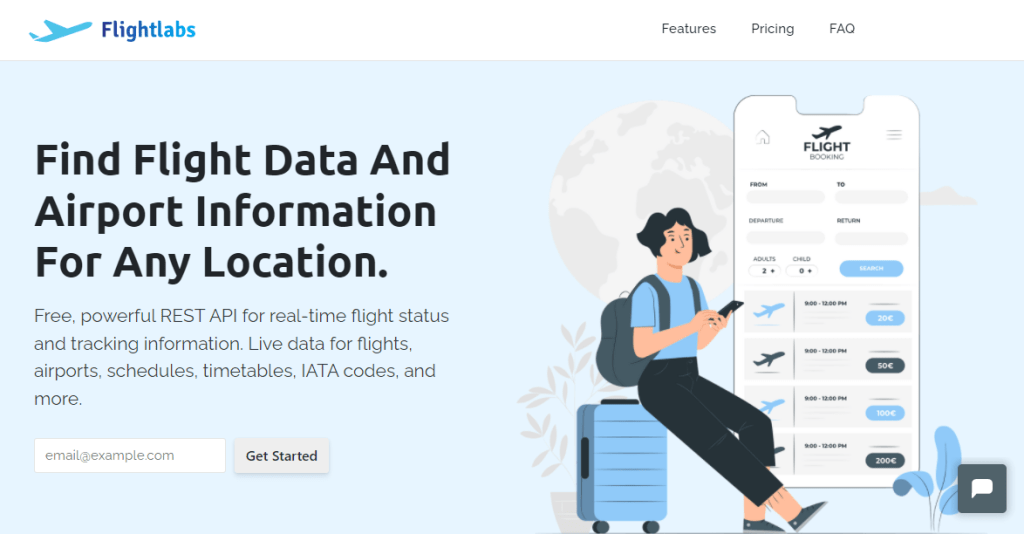Welcome to the world of flight and technology. Today, we’ll look at how APIs, or Application Programming Interfaces, may give crucial real-time information regarding the status and location of an airplane.
At a time when aviation safety and efficiency are more vital than ever, airplane data APIs have become a crucial tool for airlines, government agencies, developers, and other industry stakeholders. These APIs enable a wide range of aviation applications and services by connecting to databases and servers holding real-time flight information.
In this post, we will look at how airplane data APIs function, what sorts of information they may give, and how they can be utilized to improve aviation efficiency and safety. The possibilities are boundless, from real-time flight tracking to early detection of aircraft mechanical difficulties. Join us as we investigate how aircraft data APIs are changing the way the aviation sector operates.

How Does The API For Airplane Data Work?
An API, or Application Programming Interface, can give flight data by connecting to a database or server with real-time flight information. Airplanes data APIs are often created and maintained by organizations that specialize in aviation technology or data analytics, and they include a variety of features and data points accessible via an API endpoint.
This works by offering programmatic access to real-time or historical flight data to developers via a defined set of protocols and endpoints. The API often links to a database or server containing flight information that is managed by a business that specializes in aviation technology or data analytics.
Airplane data APIs can give flight information such as departure and arrival timings, as well as departure and arrival airports. This information may be used to plan trips or to track the status of certain flights across the world.
In this scenario, for example, we will use Flightlabs API, which is one of the most powerful flight data providers on the market; if you enter the name of a country (in this case, Andorra) into the API endpoint “Countries”, you will return the following responses:
{
"data": [
{
"countryId": "1",
"nameCountry": "Andorra",
"codeIso2Country": "AD",
"codeIso3Country": "AND",
"numericIso": "20", "population": "84000",
"capital": "Andorra la Vella",
"continent": "EU",
"nameCurrency": "Euro",
"codeCurrency": "EUR",
"codeFips": "AN",
"phonePrefix": "376"
},
[...]
]
}To use Flightlabs, developers must follow the API documentation and requirements, which define the available endpoints, request parameters, and response formats. The API will then provide data in a readable format that may be used in an application or service, such as JSON or XML.
Overall, Flightlabs provides developers with a scalable and adaptable way to obtain and integrate flight data into their applications and services, enabling them to provide real-time flight information and monitoring to their customers.
And, How Do You Obtain This API?

1- Register for a FlightLabs account. Then pick the desired endpoint, or enter the IATA or ICAO codes of airports or airlines.
2- Enter these codes before calling the API. Your account dashboard will provide you with a unique API key.
3- Finally, hit the “run” button to complete the process! The API will be displayed on your screen. You might also select a programming language.
4-That’s all there is to it! You will then obtain all of the accessible information on this aircraft in JSON format.
Related Post: How Can An API Provide You With Flight Data?

